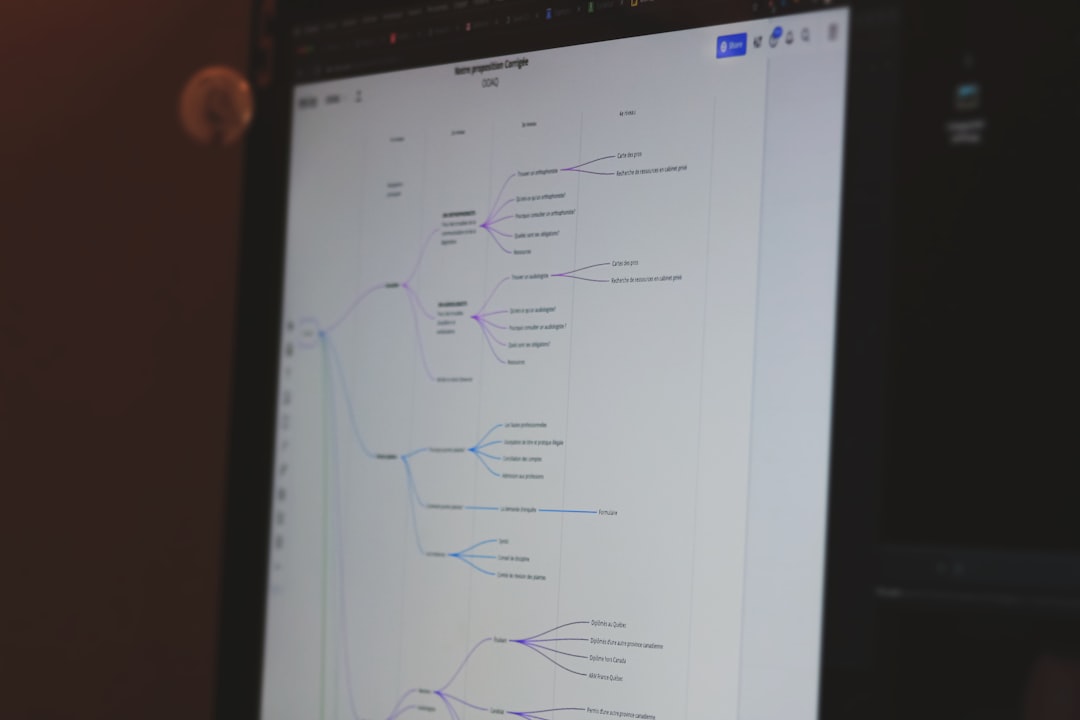In today’s fast-paced, digitally connected financial ecosystem, fraud prevention and real-time risk assessment have become critical priorities. One technology that is increasingly gaining traction in this space is Sardine AI. This innovative platform combines artificial intelligence, behavioral biometrics, and real-time data analysis to enhance financial security, streamline onboarding, and prevent fraudulent activity before it can cause damage.
Originally launched to tackle the rising complexity of fraud in the digital economy, Sardine AI has evolved into a powerful tool used across multiple sectors of banking and fintech. Let’s explore some compelling real-world use cases that highlight how financial institutions and fintechs are leveraging Sardine’s capabilities to drive innovation, improve customer experience, and protect their operations.
1. Fraud Detection and Prevention
Perhaps the most prevalent application of Sardine AI is in real-time fraud detection. Traditional fraud prevention systems often rely on rule-based algorithms and databases of known fraudulent behavior. However, these can be slow and reactive. Sardine AI changes the game by employing behavioral biometrics and device intelligence to detect anomalies almost instantly.
In one notable case, a digital bank was facing significant losses due to identity fraud during new account signups. By integrating Sardine AI’s SDK into its app, the bank could analyze user patterns like typing speed, touch pressure, and motion dynamics — indicators that are nearly impossible for fraudsters to fake. The result? A 90% reduction in fraudulent account activity within the first three months of deployment.

2. Accelerated Customer Onboarding
Balancing user convenience with security is one of the toughest challenges in digital onboarding. Sardine AI helps solve this dilemma by enabling instant identity validation through a smart combination of biometrics, document scanning, and background checks. All of this can even be executed without users needing to leave the banking app.
Consider a startup fintech offering crypto-trading services. Traditionally, the Know Your Customer (KYC) process could take 24 to 48 hours. With Sardine AI’s automation and real-time capabilities, the company reduced onboarding time to under five minutes for verified users—without compromising due diligence requirements. This not only improved user satisfaction but also increased conversion rates significantly.
Key benefits realized:
- Reduction in onboarding time by 85%
- Decrease in dropout rates during signup
- Automated fraud flagging and follow-ups
3. Transaction Monitoring and Risk Scoring
Sardine AI doesn’t just operate at the point of onboarding—it also plays a pivotal role in monitoring ongoing user behavior after account creation. This is particularly useful in the fintech realm, where peer-to-peer transfers, crypto swaps, and high-speed transactions are common. The AI model constantly calculates risk scores based on real-time data points, allowing companies to halt suspicious transactions before they settle.
One neobank experienced repeated chargebacks due to unauthorized peer-to-peer transactions. After implementing Sardine AI, the platform began assigning a dynamic risk score to each transaction in milliseconds. If the score exceeded a certain threshold, an immediate hold would be placed while the system conducted deeper content inspection. This proactive approach led to a 70% reduction in fraudulent transfers within the first quarter.

4. Enhancing Crypto Platform Security
Crypto exchanges and wallets are frequent targets of sophisticated cybercriminals. Sardine AI has become a go-to solution for many crypto-native platforms that require extra layers of security. Whether users are buying cryptocurrencies with fiat or transferring tokens between wallets, Sardine AI ensures that every action is verified and continuously monitored.
In fact, some of the top decentralized finance (DeFi) platforms now use Sardine not just for KYC, but for greater assurance in detecting SIM swap fraud, account takeovers, and even mule accounts. Its integration into blockchain wallets helps identify suspect patterns that traditional security mechanisms might miss.
Features that assist crypto platforms:
- Device fingerprinting
- Behavioral analytics on wallet usage
- Geolocation and VPN detection
- Fraud scoring for off-chain fiat-to-crypto conversions
5. Real-Time Compliance for Regulatory Reporting
Regulatory compliance is a pressing concern, especially when it comes to Anti-Money Laundering (AML) obligations. Sardine AI provides real-time compliance monitoring tools that allow institutions to meet these standards without slowing down daily operations. By logging all transactional data and user interactions, Sardine enables a transparent audit trail that regulators can investigate at any time.
For example, a mid-sized digital payment firm used Sardine to proactively comply with evolving AML regulations. The platform’s adaptive rule engine allowed the firm to update criteria on-the-fly in response to new threats or changes in legislation. This flexibility proved invaluable during periods when financial institutions were under intense scrutiny.
6. Bot and Script Attack Prevention
Sardine AI’s ability to distinguish between human and non-human interactions gives it a unique edge in stopping automated attacks. Fintechs often suffer from bot-driven attacks attempting to exploit promotional offers, fake sign-ups, or brute-force login attempts. Rather than blocking traffic broadly and risking false positives, Sardine’s models laser-focus on actual bad actors.
One lending platform was plagued by bonus abuses tied to referral schemes. Rather than scrapping the promotions altogether, the company leveraged Sardine to identify and block bot-created accounts while maintaining a seamless experience for real users. This resulted in a 60% decrease in referral-related fraud in under two months.
7. API-First Fraud Defense for Fintech Builders
Sardine AI is particularly embraced by tech-first teams building new financial products who require plug-and-play fraud detection. The platform’s API-first architecture allows developers to easily insert Sardine’s capabilities into any tech stack. From mobile apps to backend servers, integration is seamless and fast.
A financial super-app catering to Gen Z users used Sardine’s APIs to launch with safeguards already in place. This move helped the app pass investor scrutiny and onboard users with confidence, even while scaling rapidly. Because the risk thresholds were configurable, the company could adjust security strictness without re-engineering its flow—a must-have for startups iterating quickly in competitive markets.

Conclusion
In today’s interconnected financial environment, speed and security can no longer be mutually exclusive. Sardine AI proves that artificial intelligence, when combined with biometric and behavioral insights, can offer real-time protection without alienating end users. From preventing fraud to reducing onboarding friction, its real-world applications continue to expand.
As both traditional banks and modern fintechs race to meet user expectations and regulatory mandates, Sardine AI stands out as a versatile ally, delivering trust, transparency, and technological agility.
Whether you’re a product manager, compliance officer, or developer, embracing such AI-driven safeguards isn’t just a smart strategy—it’s a future-ready imperative.


